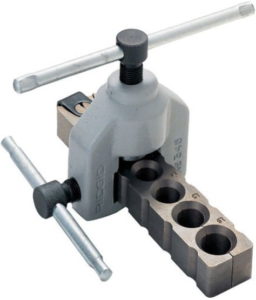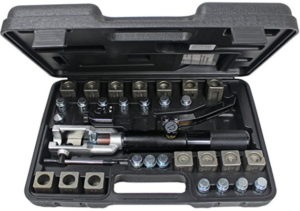Brakes are the most important feature on a car. One has to be very careful with the proper maintenance of these and should always keep a proper track of their condition. You will be at great risk if any of the brakes on your car is worn out. And even if you find a minor problem with the brakes, don’t take it lightly as it requires immediate attention from an experience mechanic. A seemingly minute problem could lead to brake failure risking not only your life but also the life of others.
Sometimes, diagnosing car brake problems is quite simple though complete brake repair is slightly more complex. Here are a few guidelines to help you identify brake related problems:
The first and foremost thing to do is to check on the brake fluid. It should not be lower than the ‘Min’ mark on the brake fluid container. In case it does appear to be lower than the minimum required level, check for brake fluid leakage. It could also mean that the brake pads could be worn out and they need to be replaced immediately. Low brake fluid is also indicated in the instrument panel of the car by the glowing of the brake warning light.
Nowadays, most of the cars are enhanced with Anti-Lock Braking System (ABS) Technology. If the ABS brakelights (if present on the car) are ON, it indicates a problem with the ABS system and the on-board computer in the car will disengage the ABS automatically.
Do you live in a place where road salt widely used? If so, your brake lines might be rusty, so you should replace them (with using of brake line flaring tool) to avoid things like death, despair and turmoil.
Due to bad disc calipers, wheel bearing problems, loose or broken brake pads, or contamination of the brake pads, the car might skid or the wheels might get locked. Such faults in the brake system are of a very serious order and should be rectified immediately.
Sometimes, brakes turn really hard which is caused due poor power brake boosters or failed caliper components and this problem can be fixed by checking the brake pedals. Incase of further problems, you need to show your car to the mechanic.
There are times when you car is pulled to the right or left on braking. This is because of bad or worn out brake pads. During you drive, sometimes, you could sense a smell of burning rubber. Check on this problem immediately as it could be from some very important component of the car’s braking system.
At times you could hear a grinding noise appearing to be generated at the wheels of your car. This is usually due to the accumulation of dirt and mud within the brake system. The fastest solution to this is to have the brake rotor replaced entirely.
If your car starts vibrating when brakes are applied, this indicates overheated brake components or over-tightened lug nuts.
A little care can save you a lot of trouble and on the slightest indication of a fault in the car’s system, it is always better to take it to an authorized service centre and get it rectified as soon as possible.


